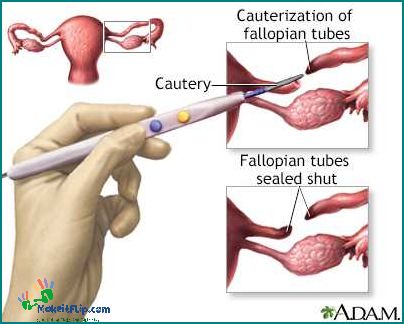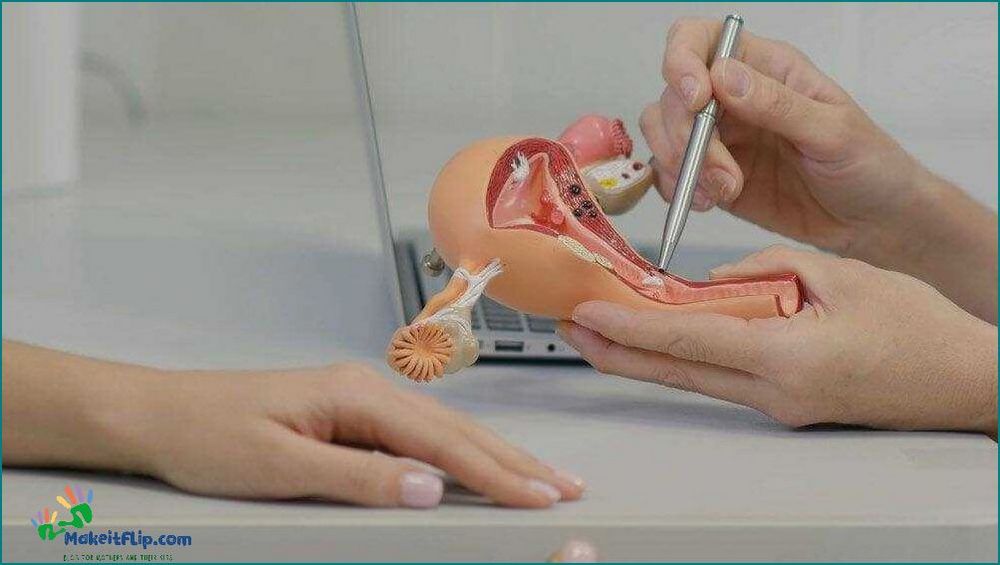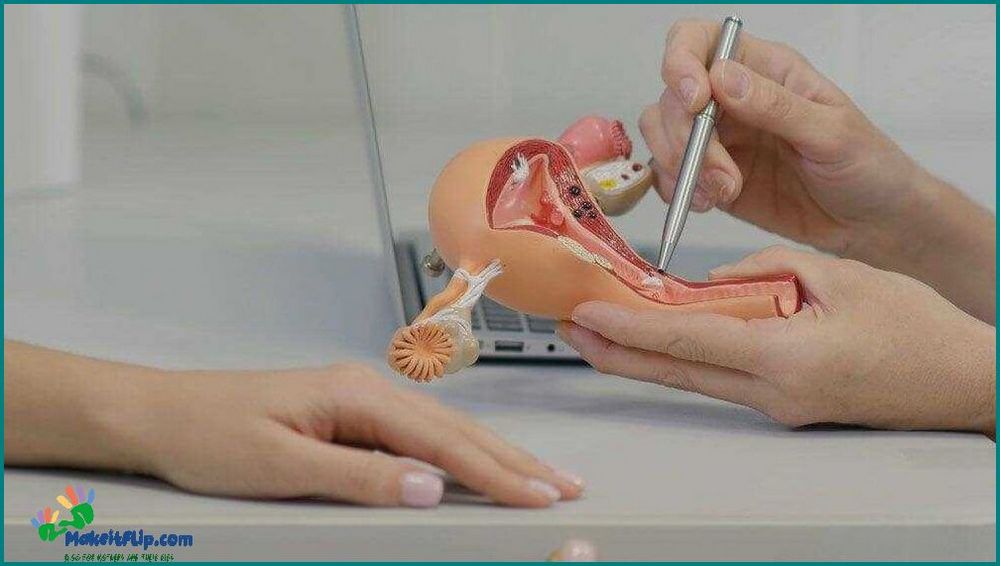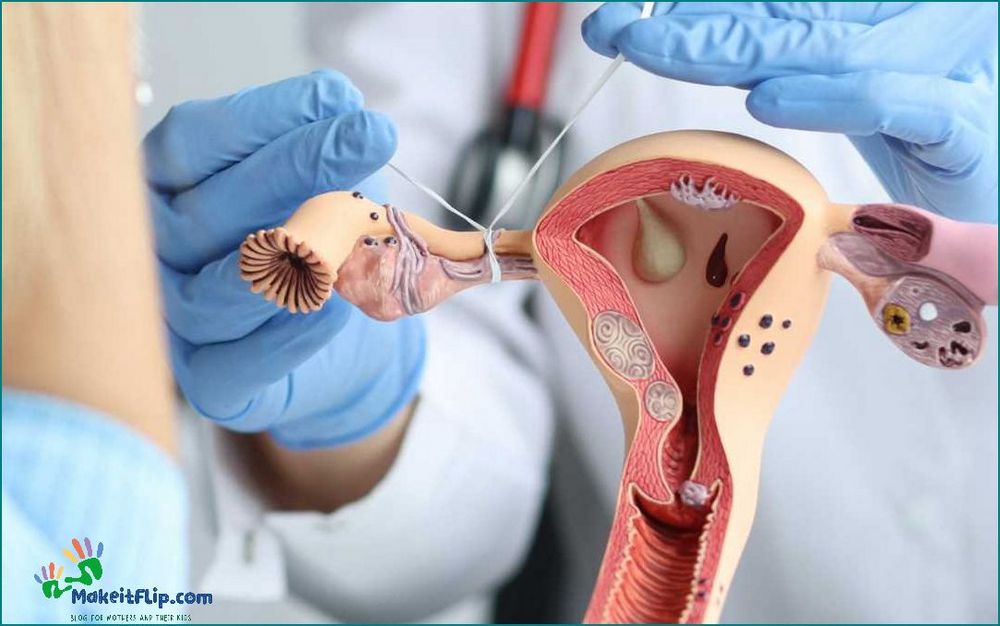Contents
- 1 The Benefits and Considerations of Tubal Ligation During a C-Section Procedure
- 1.1 Procedure
- 1.2 Benefits
- 1.3 FAQ about topic Tubal Ligation During C-Section Procedure Benefits and Considerations
- 1.3.1 What is tubal ligation?
- 1.3.2 What are the benefits of tubal ligation during a C-section?
- 1.3.3 Is tubal ligation during a C-section reversible?
- 1.3.4 What are the possible risks and complications of tubal ligation during a C-section?
- 1.3.5 Are there any alternatives to tubal ligation during a C-section?
- 1.3.6 What is tubal ligation?
The Benefits and Considerations of Tubal Ligation During a C-Section Procedure

Tubal ligation, also known as “getting your tubes tied,” is a surgical procedure that involves closing off a woman’s fallopian tubes to prevent pregnancy. While this procedure is commonly performed as a standalone surgery, it can also be done during a cesarean section, or c-section.
A c-section is a surgical procedure in which a baby is delivered through an incision in the mother’s abdomen and uterus. It is often performed when a vaginal delivery is not possible or safe for the mother or baby. By combining tubal ligation with a c-section, women can save time and avoid the need for a separate surgery.
There are several benefits to having tubal ligation during a c-section. First and foremost, it provides an effective and permanent form of contraception, eliminating the need for other birth control methods. This can be particularly appealing for women who have completed their families and do not wish to have any more children.
Additionally, having tubal ligation during a c-section reduces the risk of complications compared to having the procedures done separately. It also saves on costs and recovery time, as women can recover from both procedures simultaneously. However, it is important to carefully consider the decision to have tubal ligation, as it is a permanent form of contraception and cannot be easily reversed.
Procedure

Tubal ligation during a C-section is a surgical procedure that involves blocking or sealing the fallopian tubes to prevent pregnancy. It is typically performed immediately after the delivery of a baby during a C-section procedure.
The procedure begins with the obstetrician making an incision in the lower abdomen to access the uterus. The fallopian tubes are then identified and carefully separated from the surrounding tissue. There are several methods that can be used to block or seal the tubes, including using clips, rings, or cauterization.
Once the tubes are blocked or sealed, the obstetrician will close the incision and complete the C-section procedure. The entire process usually takes about 10 to 15 minutes.
One of the main benefits of performing tubal ligation during a C-section is that it eliminates the need for a separate surgery in the future. This can save time, money, and reduce the risks associated with undergoing another surgical procedure.
However, there are some considerations to keep in mind. Tubal ligation is considered a permanent form of contraception, so it should only be done if a person is certain that they do not want any more children. Additionally, there is a small risk of complications associated with the procedure, such as infection or damage to surrounding organs.
| Benefits | Considerations |
|---|---|
| – Eliminates the need for a separate surgery | – Permanent form of contraception |
| – Saves time and money | – Small risk of complications |
| – Reduces risks associated with another surgical procedure |
It is important for individuals to discuss the benefits and considerations of tubal ligation during a C-section with their healthcare provider to determine if it is the right choice for them.
Surgical Technique

The tubal ligation procedure can be performed during a c-section, providing a convenient opportunity for women who have decided to prevent future pregnancies. This surgical technique involves the blocking, sealing, or cutting of the fallopian tubes, preventing the eggs from reaching the uterus and thus preventing pregnancy.
During a c-section, the surgeon can access the fallopian tubes through the same incision made for the delivery of the baby. The tubes can then be manipulated and the desired method of tubal ligation can be performed. This can include using clips or rings to block the tubes, cauterization to seal them, or cutting and tying the tubes.
The advantage of performing tubal ligation during a c-section is that it eliminates the need for a separate surgery, reducing the overall recovery time and potential complications. Additionally, the patient is already under anesthesia for the c-section, making the procedure more convenient and efficient.
It is important for women considering tubal ligation during a c-section to discuss their options with their healthcare provider and make an informed decision. Factors such as future fertility desires, risks, and benefits should be carefully considered before proceeding with the surgical technique.
Timing and Safety

Performing a tubal ligation during a C-section procedure offers several advantages in terms of timing and safety.
Firstly, since the C-section is already being performed, there is no need for an additional surgery or hospital stay. This saves time and reduces the risk of complications associated with multiple surgeries.
Secondly, the tubal ligation can be performed immediately after the delivery of the baby, while the patient is still under anesthesia. This eliminates the need for a separate procedure and allows for a more efficient use of resources.
Furthermore, performing a tubal ligation during a C-section procedure is considered safe and has a low risk of complications. The surgical team is already present and prepared for the C-section, which ensures that the necessary expertise and equipment are readily available.
It is important to note that while tubal ligation during a C-section is generally safe, there are still risks associated with any surgical procedure. These risks include infection, bleeding, and damage to surrounding organs. However, the overall risk is low and can be further minimized with proper surgical technique and post-operative care.
Overall, the timing and safety of performing a tubal ligation during a C-section procedure make it a convenient and effective option for women who wish to undergo permanent contraception.
Recovery and Follow-up

After undergoing a c-section with tubal ligation during the procedure, it is important to allow yourself time to recover. The recovery process may vary from person to person, but generally, it takes about 4-6 weeks to fully heal.
During the first few days after the surgery, you may experience some pain, discomfort, and swelling around the incision site. You will be given pain medication to help manage any discomfort. It is important to follow your doctor’s instructions on how to care for the incision site, such as keeping it clean and dry.
During the recovery period, it is important to take it easy and avoid any strenuous activities or heavy lifting. You may also be advised to avoid sexual intercourse for a certain period of time to allow your body to heal properly.
It is recommended to schedule a follow-up appointment with your doctor about 2-4 weeks after the surgery. During this appointment, your doctor will check the incision site, discuss any concerns or questions you may have, and ensure that you are healing properly.
If you experience any unusual symptoms during your recovery, such as excessive bleeding, severe pain, or signs of infection, it is important to contact your doctor immediately. They will be able to assess your condition and provide appropriate medical care.
Benefits

There are several benefits to undergoing tubal ligation during a C-section procedure:
- Convenience: Having the tubal ligation procedure done during a C-section eliminates the need for a separate surgery, saving time and reducing the overall recovery period.
- Cost-effective: Combining the tubal ligation with a C-section can be more cost-effective compared to having the procedures done separately.
- Efficiency: Performing the tubal ligation during a C-section allows for a more efficient use of resources, such as anesthesia and operating room time.
- Permanent contraception: Tubal ligation is a highly effective method of permanent contraception, providing peace of mind for individuals who no longer wish to have children.
- Reduced risk of ectopic pregnancy: Tubal ligation lowers the risk of ectopic pregnancy, a potentially life-threatening condition where the fertilized egg implants outside the uterus.
It is important to discuss the benefits and considerations of tubal ligation during a C-section with a healthcare provider to determine if it is the right choice for an individual’s specific circumstances.
FAQ about topic Tubal Ligation During C-Section Procedure Benefits and Considerations
What is tubal ligation?
Tubal ligation is a surgical procedure in which a woman’s fallopian tubes are blocked, tied, or cut to prevent pregnancy.
What are the benefits of tubal ligation during a C-section?
Tubal ligation during a C-section offers the advantage of combining two procedures into one, reducing the need for a separate surgery and recovery time. It also provides immediate and effective contraception for women who do not want to have more children.
Is tubal ligation during a C-section reversible?
Tubal ligation during a C-section is generally considered permanent and not easily reversible. While there are procedures available to attempt to reverse tubal ligation, they are not always successful.
What are the possible risks and complications of tubal ligation during a C-section?
Some possible risks and complications of tubal ligation during a C-section include infection, bleeding, damage to surrounding organs, and failure of the procedure. It is important to discuss these risks with your healthcare provider before making a decision.
Are there any alternatives to tubal ligation during a C-section?
Yes, there are alternative methods of contraception that can be considered instead of tubal ligation during a C-section. These include hormonal methods such as birth control pills or intrauterine devices, as well as barrier methods like condoms or diaphragms.
What is tubal ligation?
Tubal ligation is a surgical procedure in which the fallopian tubes are cut, tied, or blocked to prevent pregnancy.
I’m Diana Ricciardi, the author behind Makeitflip.com. My blog is a dedicated space for mothers and their kids, where I share valuable insights, tips, and information to make parenting a bit easier and more enjoyable.
From finding the best booster seat high chair for your child, understanding the connection between sciatica and hip pain, to exploring the benefits of pooping in relieving acid reflux, I cover a range of topics that are essential for every parent.
My goal is to provide you with practical advice and solutions that you can easily incorporate into your daily life, ensuring that you and your child have the best possible experience during these precious years.
